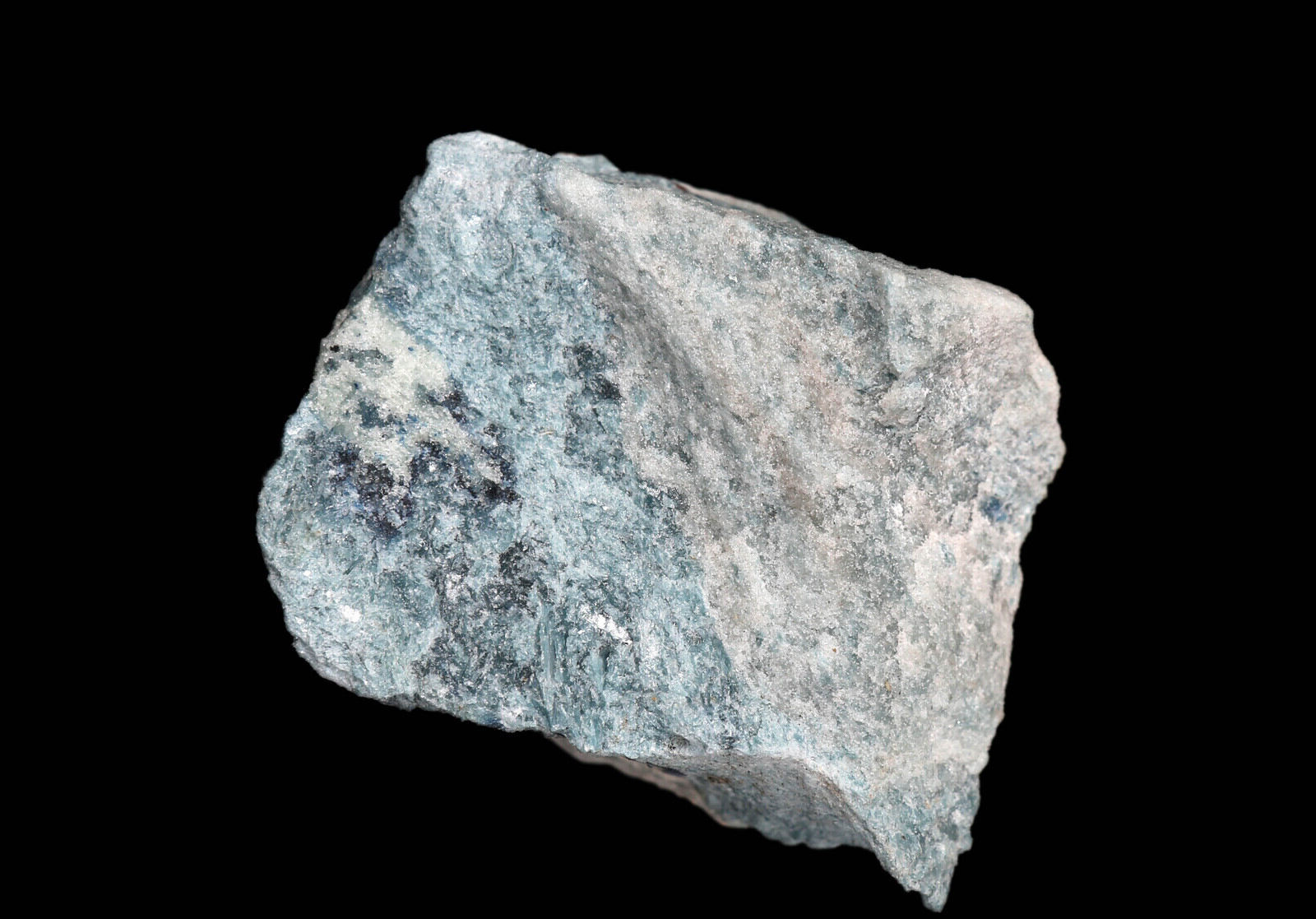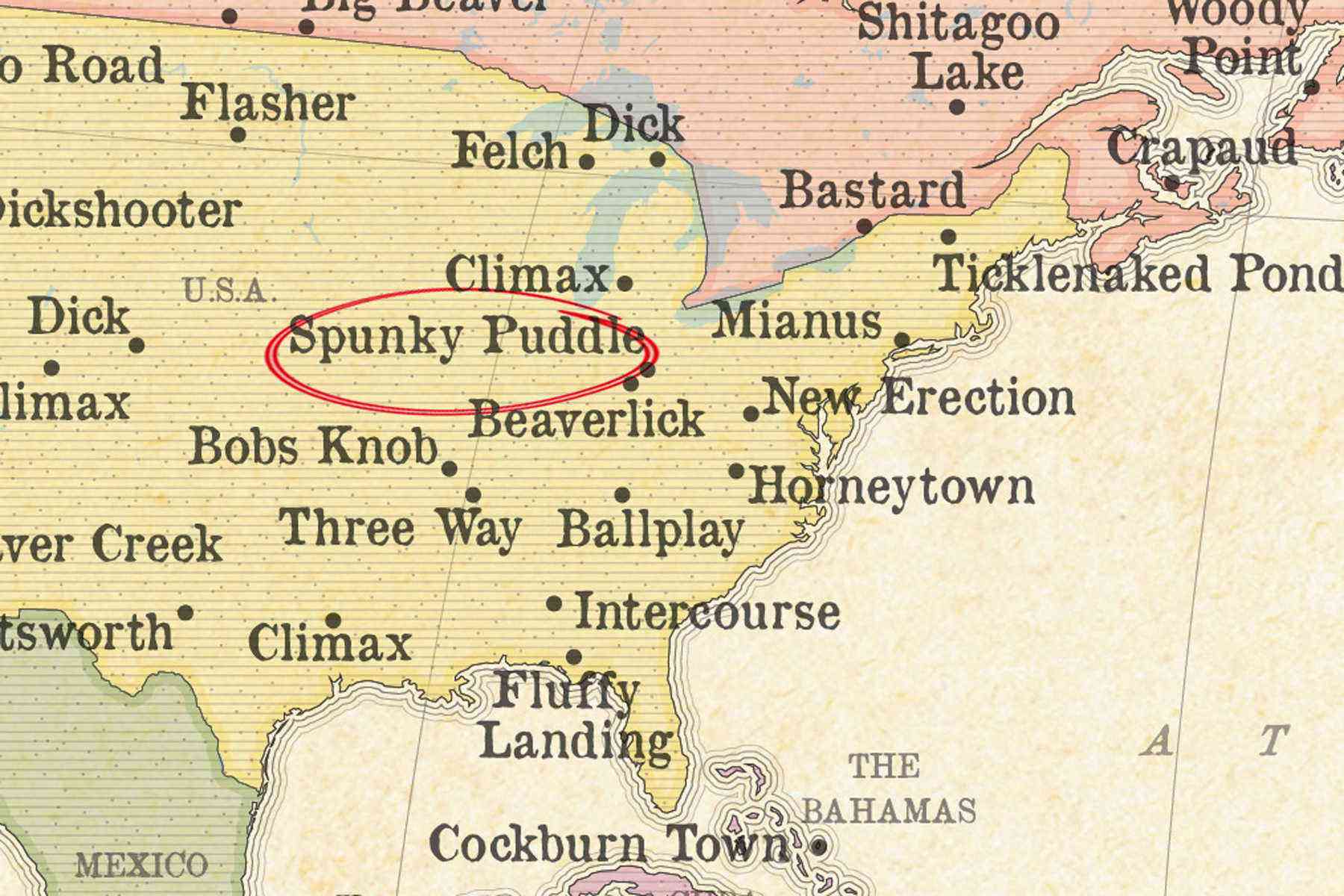
Easter eggs aren't just colorful treats hidden for kids to find; they hold a rich history and fascinating traditions. Did you know that the first chocolate Easter egg was made in the early 19th century? From ancient pagan rituals celebrating spring to modern-day hunts, these eggs have evolved in meaning and form. Some cultures dye eggs red to symbolize the blood of Christ, while others use intricate designs to tell stories. Whether you're munching on chocolate bunnies or painting eggs with family, there's a lot more to these festive symbols than meets the eye. Let's crack open 40 intriguing facts about Easter eggs!
Key Takeaways:
- Easter eggs have a rich history, symbolizing new life and rebirth. They are celebrated in diverse ways around the world, from egg hunts to chocolate treats.
- Easter eggs aren't just for hunting; they also inspire creativity and fun. From decorating to delicious recipes, eggs play a central role in Easter traditions globally.
The Origin of Easter Eggs
Easter eggs have a rich history that spans centuries. Let's dive into some fascinating facts about their origins.
-
Ancient Symbolism: Eggs have symbolized new life and rebirth since ancient times. Cultures like the Persians and Egyptians used eggs in their spring festivals.
-
Christian Tradition: Early Christians adopted the egg as a symbol of Jesus' resurrection. The hard shell represented the sealed tomb, while cracking it symbolized Jesus' emergence.
-
Medieval Europe: In medieval Europe, eggs were forbidden during Lent. People would boil or bake them to preserve them, then eat them to celebrate Easter.
-
Orthodox Customs: In Orthodox Christianity, eggs are dyed red to represent the blood of Christ. These eggs are often blessed by priests.
Modern Easter Egg Traditions
Easter eggs have evolved into various modern traditions. Here are some interesting facts about how we celebrate with them today.
-
Egg Hunts: The Easter egg hunt is a popular activity where children search for hidden eggs. This tradition is believed to have started in Germany.
-
Egg Rolling: In the United States, the White House hosts an annual Easter Egg Roll. Children roll eggs down a hill, symbolizing the rolling away of the stone from Jesus' tomb.
-
Chocolate Eggs: Chocolate Easter eggs became popular in the 19th century. The first chocolate eggs were made in France and Germany.
-
Fabergé Eggs: The Russian jeweler Peter Carl Fabergé created elaborate, jeweled eggs for the Russian Tsars. These eggs are now priceless collectibles.
Cultural Variations of Easter Eggs
Different cultures have unique ways of celebrating with Easter eggs. Let's explore some of these diverse traditions.
-
Pysanky: In Ukraine, eggs are decorated using a wax-resist method called pysanky. These intricate designs often include symbols of nature and spirituality.
-
Cascarones: In Mexico, cascarones are hollowed-out eggs filled with confetti. They are broken over someone's head for good luck.
-
Osterbrunnen: In Germany, public fountains are decorated with eggs and flowers during Easter. This tradition is known as Osterbrunnen.
-
Haux Omelette: In the town of Haux, France, a giant omelette made from thousands of eggs is cooked in the town square on Easter Monday.
Fun Facts About Easter Eggs
Beyond traditions, there are some quirky and fun facts about Easter eggs that might surprise you.
-
World Record: The largest chocolate Easter egg ever made weighed over 15,000 pounds and was created in Italy in 2011.
-
Egg Art: Some artists use eggshells as a canvas for miniature paintings. These delicate artworks can be incredibly detailed.
-
Egg Tapping: In some cultures, people play a game where they tap their eggs against each other. The goal is to crack the opponent's egg without breaking your own.
-
Golden Eggs: In some Easter egg hunts, special golden eggs are hidden. Finding one often means winning a special prize.
Easter Eggs in Popular Culture
Easter eggs aren't just for the holiday; they also appear in various forms of entertainment. Here are some examples.
-
Video Games: In gaming, an "Easter egg" is a hidden feature or message. The term originated from the 1980 game "Adventure" for the Atari 2600.
-
Movies: Filmmakers often hide Easter eggs in movies. For example, Pixar films frequently include references to other Pixar movies.
-
Books: Authors sometimes include hidden messages or references in their books. These literary Easter eggs can add an extra layer of enjoyment for readers.
-
Software: Some software developers hide Easter eggs in their programs. These can be anything from hidden games to secret messages.
The Science of Easter Eggs
Eggs are not just symbolic; they also have interesting scientific properties. Here are some facts about the science behind Easter eggs.
-
Eggshell Strength: Despite their delicate appearance, eggshells are surprisingly strong. They can withstand significant pressure when applied evenly.
-
Color Chemistry: The color of an egg's shell is determined by the breed of the hen. White eggs come from hens with white feathers, while brown eggs come from hens with red feathers.
-
Boiling Point: The perfect boiled egg depends on the cooking time. For a soft-boiled egg, cook for about 4-6 minutes; for hard-boiled, 9-12 minutes.
-
Egg Freshness: To test an egg's freshness, place it in water. Fresh eggs sink, while older eggs float due to the larger air cell inside.
Easter Egg Crafts and DIY
Creating Easter eggs can be a fun and creative activity. Here are some ideas and facts about Easter egg crafts.
-
Natural Dyes: You can use natural ingredients like onion skins, beet juice, and turmeric to dye eggs. These natural dyes create beautiful, earthy colors.
-
Decoupage Eggs: Decoupage involves gluing paper cutouts onto eggs. This technique can create intricate and colorful designs.
-
Marbled Eggs: To create marbled eggs, mix food coloring with oil and water. Dip the eggs in the mixture for a unique, swirled effect.
-
Glitter Eggs: For a sparkly touch, coat eggs in glue and roll them in glitter. These eggs make for dazzling decorations.
Easter Egg Games and Activities
Easter eggs can be the centerpiece of many fun games and activities. Here are some ideas to keep everyone entertained.
-
Egg Relay Race: In this game, participants race while balancing an egg on a spoon. The first to cross the finish line without dropping the egg wins.
-
Egg Toss: Partners toss a raw egg back and forth, taking a step back after each successful catch. The last pair with an unbroken egg wins.
-
Egg Bowling: Use hard-boiled eggs as bowling balls and set up pins made from empty plastic bottles. This game is fun for all ages.
-
Egg Decorating Contest: Host a contest where participants decorate eggs. Categories can include most creative, funniest, and best use of color.
Easter Eggs and Food
Easter eggs aren't just for decoration; they can also be delicious. Here are some tasty facts about Easter eggs and food.
-
Deviled Eggs: A popular Easter dish, deviled eggs are made by mixing the yolk with mayonnaise, mustard, and spices, then placing it back into the egg white.
-
Egg Salad: Another Easter favorite, egg salad is made by chopping boiled eggs and mixing them with mayonnaise, mustard, and seasonings.
-
Chocolate Egg Recipes: Many recipes use chocolate Easter eggs, from cakes to cookies. These treats are a sweet way to celebrate.
-
Egg Bread: In some cultures, special egg bread is baked for Easter. Examples include Italian Easter bread and Greek Tsoureki.
Easter Eggs Around the World
Easter eggs are celebrated differently around the globe. Here are some international Easter egg facts.
-
Australia: In Australia, chocolate bilbies are often given instead of chocolate eggs. The bilby is an endangered marsupial native to the country.
-
Poland: In Poland, families create elaborate Easter egg displays called "pisanki." These eggs are often given as gifts.
-
Finland: Finnish children dress up as witches and go door-to-door, exchanging decorated eggs for treats.
-
Sweden: In Sweden, children also dress up as witches and exchange decorated eggs. This tradition is similar to Halloween trick-or-treating.
Easter Eggs: A World of Surprises
Easter eggs aren't just for kids' hunts. They hold fascinating stories, from ancient traditions to modern pop culture. These hidden gems, whether in video games or movies, add layers of fun and intrigue. The tradition of decorating eggs dates back centuries, symbolizing new life and rebirth. Today, they come in all forms, from chocolate treats to digital surprises.
Understanding the history and evolution of Easter eggs enriches our appreciation of this beloved tradition. It’s amazing how something so simple can carry such deep meaning and joy. Next time you come across an Easter egg, whether in a game or at a holiday celebration, remember the rich history behind it. Embrace the fun and mystery they bring. After all, life's little surprises often bring the most joy.
Frequently Asked Questions
Was this page helpful?
Our commitment to delivering trustworthy and engaging content is at the heart of what we do. Each fact on our site is contributed by real users like you, bringing a wealth of diverse insights and information. To ensure the highest standards of accuracy and reliability, our dedicated editors meticulously review each submission. This process guarantees that the facts we share are not only fascinating but also credible. Trust in our commitment to quality and authenticity as you explore and learn with us.


